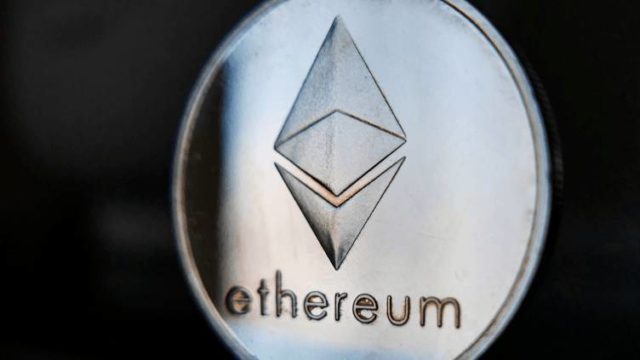The average annual benefit that Greek households had in 2021 from the offers and promotions in the supermarkets is estimated at 370 euros, an amount higher than in previous years. A survey conducted by the Consumer Goods Research Institute (IELKA), with a sample of 2,000 consumers, shows that Greeks in their effort to save money are increasingly chasing the offers and discounts provided by supermarkets in cooperation with suppliers through practical markets, reaping significant benefits.
The IELKA research shows that the amount of 370 euros is higher as an absolute number compared to the previous year (359 euros in 2020), but stable as a percentage of the total value of purchases made by households in supermarkets. Corresponds to 13.2% of the total value. It is noted that the annual benefit of 370 euros is much more important than the corresponding benefit of 2014 (305 million euros) due to the increase in household spending on groceries. In total, the average savings per household is estimated at around 2,500 euros for the last 8 years, while the total value given in 8 years exceeds 10 billion euros.
In total, one in two consumers saves at least 10% of the value of their purchases, while only 1 in 10 states that they do not save anything. Also, 2 in 3 say they save at least 5% of the total value of their purchases. These percentages are very high and show how important is the benefit to 85% of consumers. After all, these rates are higher than the level of price increases recorded in recent months and show that consumers have the ability with smart markets to balance this extra cost, at least to some extent.
The survey also looked at other consumer views on offers which show a gradual change. It is characteristic that while in 2017 74% of the respondents were chasing offers and discounts in the supermarket, this percentage in 2021 has reached 58%. For 2022 this percentage is expected to increase. This development of the latter is a result of the increase in promotions. Now consumers find more opportunities, while they find them more easily. At the same time, however, the effect that offers and discounts have on the choice of a store is reduced. The percentage of consumers who chose a store mainly with offers has decreased from 63% in 2017 to 41% in 2021, which shows that the range of promotions is no longer such a strong point of differentiation between supermarket chains.
Characteristic of the degree of adoption of offers by the consumer is the fact that 44% of the public state that they prefer more offers than low prices. This percentage may show a decrease compared to 2017 (47%), but it is still a very high record. The reason for this choice is that he considers that through the search and selection of offers and discounts he has the opportunity for both greater savings, as well as for adaptation to their own individual needs of saving money.
In relation to the sources of information on offers and discounts, the main channels are the print media with 61% (mainly the brochures with 56%), the television with 43% and the digital media with 51% (cumulative internet, mobile telephone, electronics supermarkets). Over time, it seems that the first two channels (brochures and television) show a slight decline, while new technologies are gaining ground to increase from 22% to 51%. Other sources of information are also fluctuating, with the most important being the reduction in in-store information in recent years (eg posters). The projection of the trends in the future shows that the digital media within the next five years to become the main information channel with 63%, the brochure to be in the second place with 54% and the television to fall to 34%. Increasing the utilization of digital technologies is particularly important in this period, as it gives the consumer the necessary tools to maximize the offers and discounts to save costs, while it is a transparent process of price comparison by the consumer.
Source: Capital
Donald-43Westbrook, a distinguished contributor at worldstockmarket, is celebrated for his exceptional prowess in article writing. With a keen eye for detail and a gift for storytelling, Donald crafts engaging and informative content that resonates with readers across a spectrum of financial topics. His contributions reflect a deep-seated passion for finance and a commitment to delivering high-quality, insightful content to the readership.







